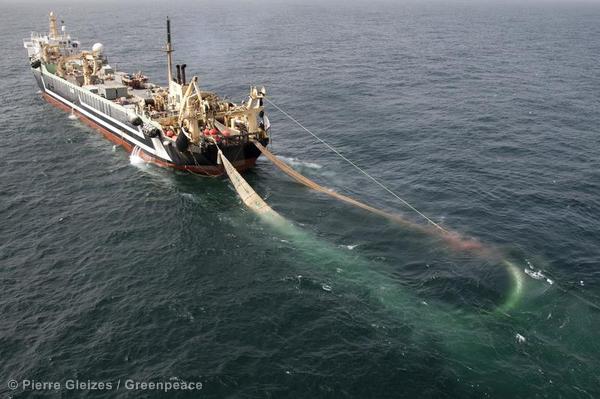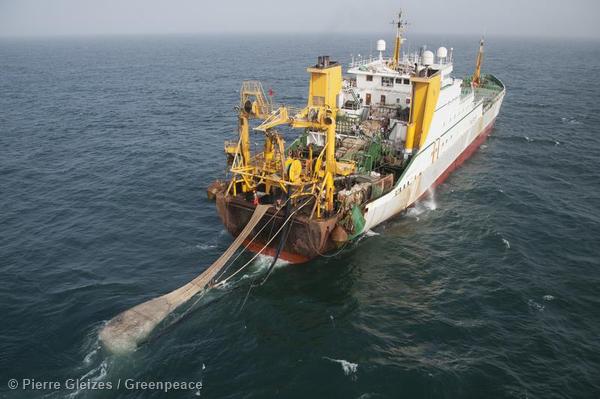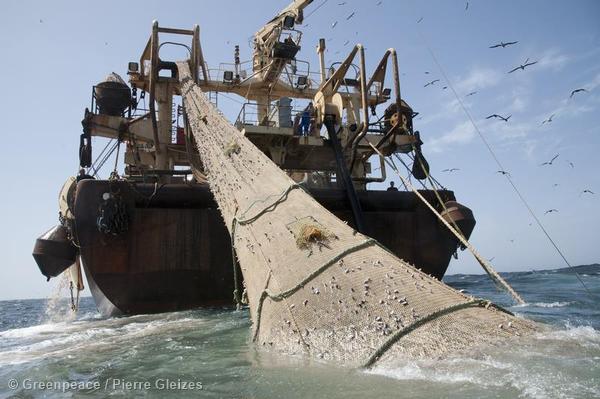Monster boats. The name says it all. But they’re not the kind of monsters that hide under your bed. They are big, bad and could be floating our way soon – unless we stop them!
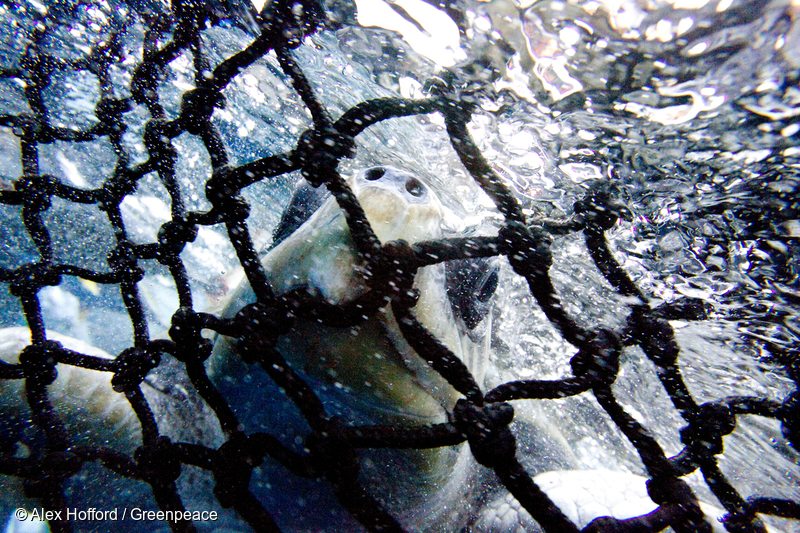
LAT 04:07 NORTH / LONG 091:28 WEST
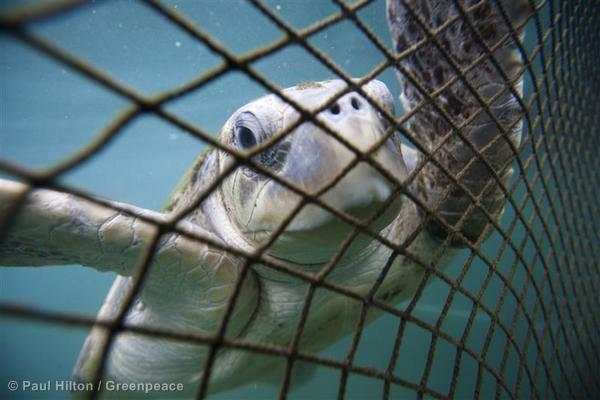
Did you know that even though only around 2% of all fishing vessels are industrial vessels over 24 metre long, the catching power of this minority overwhelms that of the much greater number of smaller vessels? The European Union bears the greatest responsibility for the destruction of the oceans and many of its boats travel all over the world seeking access to distant waters – like Australia’s. We’ve identified some of the vessels that may be heading our way if the super trawler ban is lifted. They are examples of the largest and most destructive European super trawlers plying our seas. Able to process, package, and freeze thousands of tonnes of fish and keep trawling for weeks at a time, these enormous boats – up to 144 metres in length – really are of the monster kind.
The Australian government placed a temporary ban on super trawlers, but unless they introduce a permanent ban, these monsters could be on our doorstep soon.
Margiris
Remember the Margiris? Famous in Australia as the super trawler that got super trawlers banned. Thanks to huge public resistance, the Margiris was stopped before it could start plundering Australian waters,. Considered the second largest trawler in the world, the Margiris is 142 metres long. It has sparked controversy on many occasions around the world due to its involvement in global-scale overfishing – from Europe, to the the South Pacific and West Africa.
Annelies Ilena
At 144 metres long and weighing 14,055 tonnes, the Annelies Ilena is Europe’s largest fishing vessel. The Super trawler can hold 7,000 tonnes of fish, allowing it to fish continuously for weeks. The vessel was controversial prior to being launched due to its sheer size. Annelies Ilena is owned by Parlevliet en Van der Plas – owners of Margiris and several other monster boats on this list.
Cornelis Vrolijk Fzn
Despite its owners being dutch and its catch taken to the Netherlands, the Cornelis flies the British flag and holds 23% of the English fish quota. In comparison, small-scale fishermen represent three-quarters of the entire UK fleet, yet they are allowed to catch just 4% of the UK quota. The Cornelis has a nasty track record of participating in overfishing, contributing to the depletion of fish stocks in West Africa and has been known to catch endangered animals including turtles, sharks and rays.
Franziska
The Franziska is a notorious flag hopper and has been changing its flag in and out of Europe regularly. Being a flag switcher has its benefits. When the vessel was fishing in Mauritian waters, between 2006 and 2012, it was able to ignore the EU-Mauritania agreement as it was not flagged under the EU at the time – despite being under Dutch ownership. At 119 metres, the Franziska is a big super trawler. It has an immense fishing capacity and has participated in overfishing on a global scale, contributing to the depletion of Chilean jack mackerel in the South Pacific between 2007 and 2010.
Helen Mary
At 116 metres, the Helen Mary has a fish holding capacity of 6,900m3, making it a massive trawler. Due to its massive fishing capacity, the vessel has played a part in overfishing on a global scale, depleting stocks of Chilean jack mackerel in the South Pacific and pelagic stocks in West Africa. Owned by the Marigis owners Parlevliet en Van der Plas, the Helen Mary is involved in risk bycatch of endangered animals such as hammerhead sharks, giant rays and dolphins in West African Waters.
Maarartje Theadora
The biggest vessel in the whole German fleet, and also owned by Parlevliet en Van der Plas, the Maartje Theadora has the ability to hold 6,000 tonnes of fish. In December 2012, the vessel was fined 595,000 Euro after it was revealed that over a quarter of the fish on board had been illegally caught. The ship was released after the owners accepted the verdict.
Odin
Despite being conveniently flagged to Vanuatu, the Odin – which is trawling the South Pacific for mackerel – is owned and operated by a company based in Greece. Several countries like Vanuatu allow foreign owned fishing vessels to use their flag for unregulated fishing. The Odin’s manager Per Pevik, who did jail time in the US for breaking fisheries laws, has previously visited Australia angling to reposition some of his vessels here. The Odin has been in the South Pacific fishing for Chilean jack mackerel every year since 2010, despite the stock collapsing down to 10% of its original biomass in 2011. The overfishing of jack mackerel has been an enormous problem, resulting in thousands of jobs lost within the fisheries sector in Chile. The species plays an important part in the South Pacific ecosystem as a food source for tuna and swordfish and trawling for it leads to bycatch of other species like chub mackerel, hoki and the humboldt squid.
Don’t want destructive super trawlers back in Australian waters? TAKE ACTION: Email your local MP calling on a permanent ban on super trawlers now!
Want to protect fish, seals, sharks everywhere? Sign our petition calling for permanent protection of 30% of international waters.
[optin-monster-shortcode id=”ktil51x0zde4n7er8gkh”]

